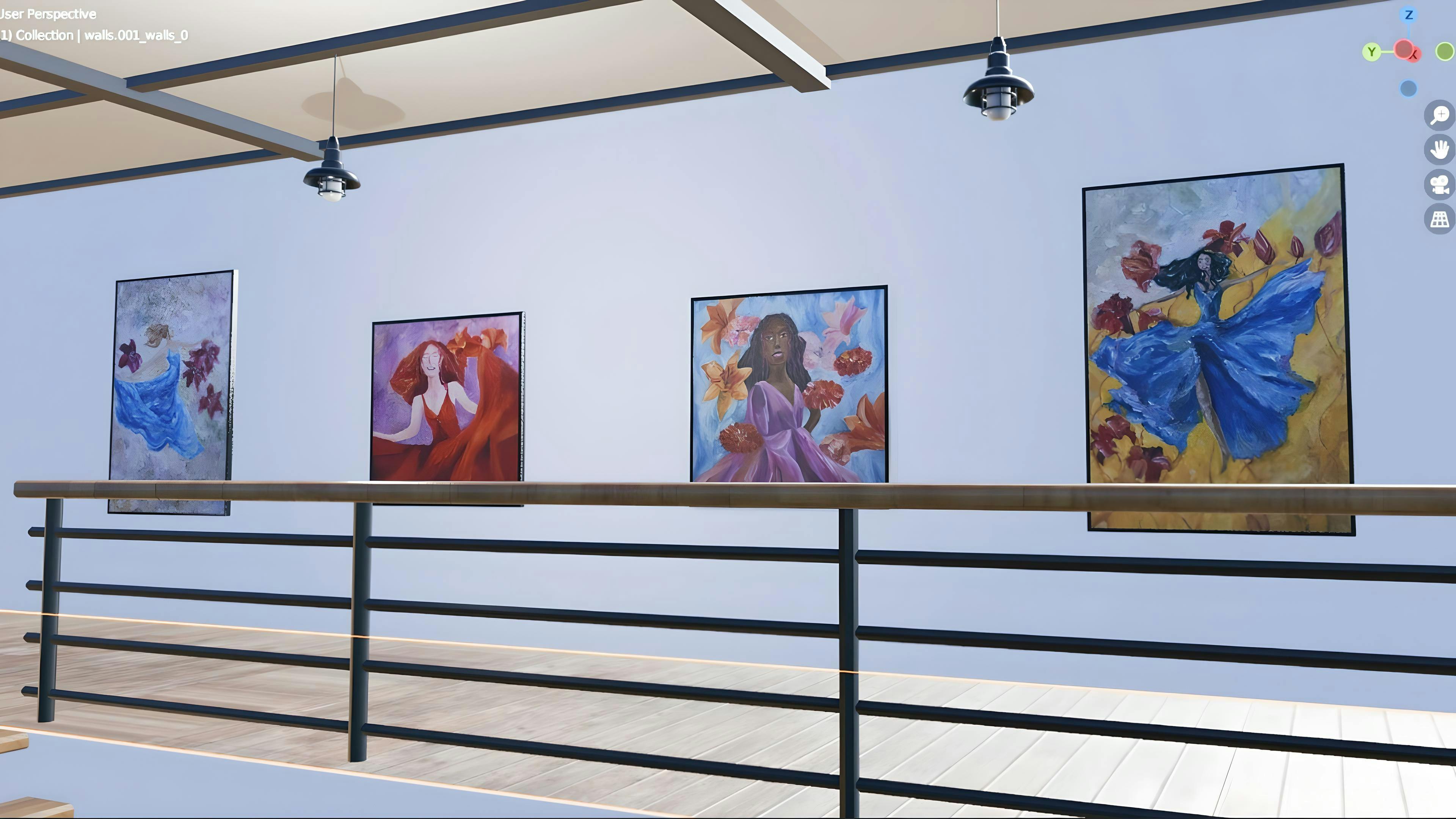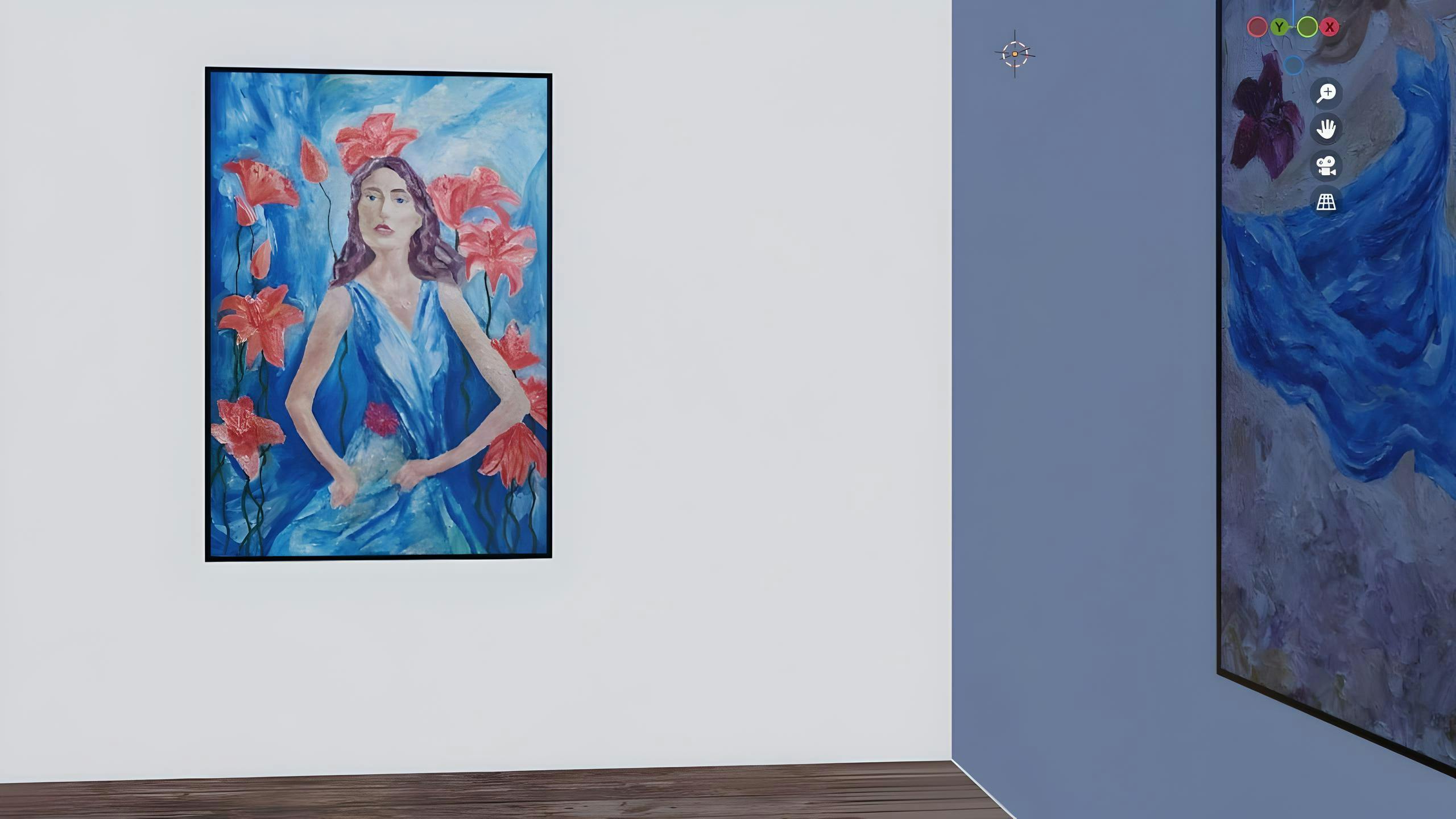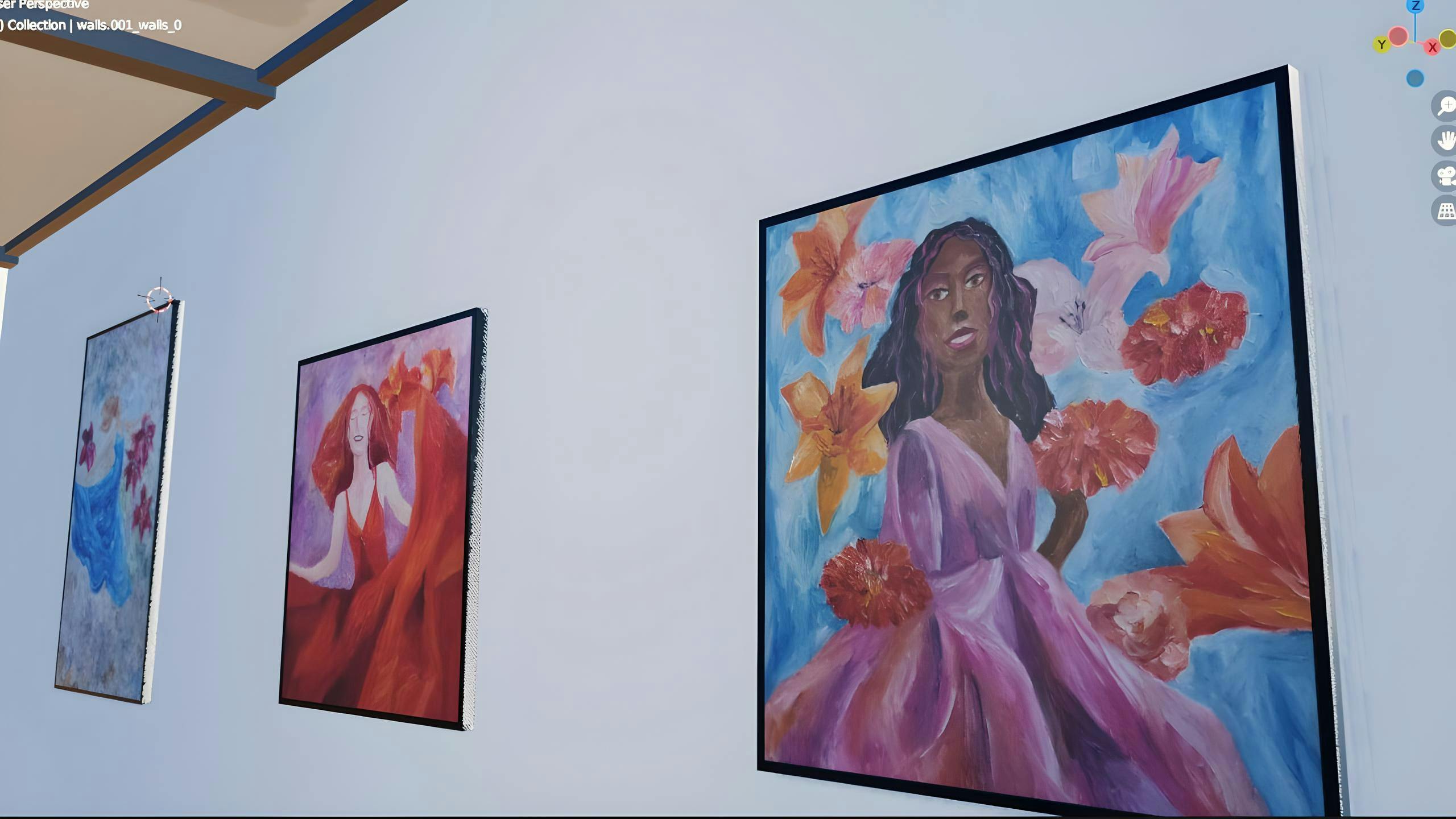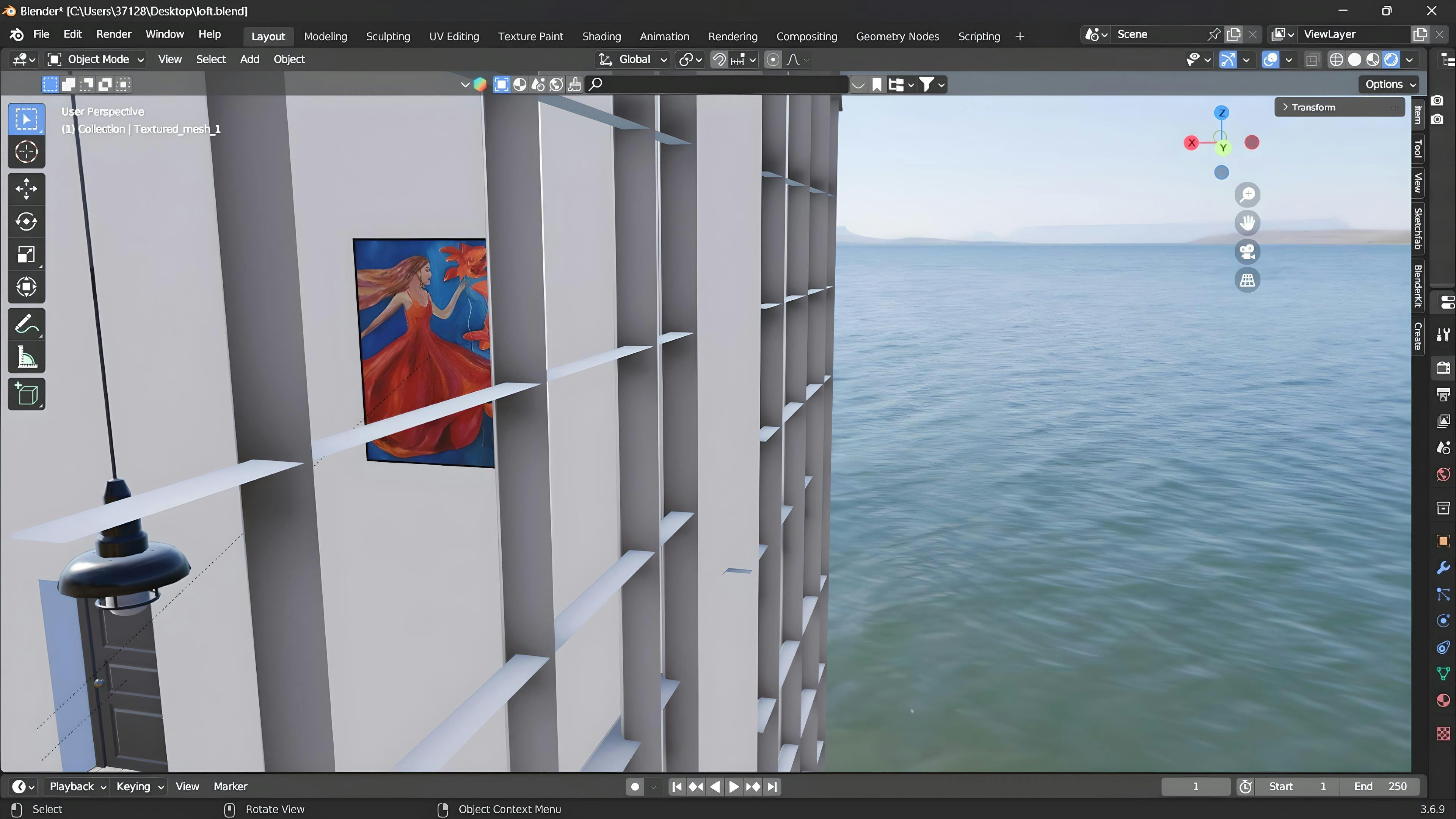
“Silk dress” is a series of female portrait paintings representing the history of workers at Wilhelm Spindlers factory, which was the first to introduce the chemical cleaning in Germany in 1854. I have been amazed by the rich history of this building and its transformation over the time. People living here are former workers from the factory and their families.
The site has a historical value preserving the architecture of the buildings in the residential area. The 3d model from this project represents the main residential complex Wasserstadt Spindlersfeld on street Ottomar-Geschke-Str in the district of Koepenick in Berlin, Germany. The former chemical cleaning complex is built in the Brick Gothic style.
Five meter high capped ceilings and windows the size of the walls allow more daylight and fresh air. 25 gallery apartments with light-flooded living rooms become true pieces of jewelry and invite residents to a special living experience. Apartment sizes ranging from 60m² to 160m² are being built here, some with a view of the Spree or the landscaped waterfront promenade. The structure of this building is robust, sound isolating and spatial, and many of its residents inhabit the space for the creative arts and sound engineering.
Architecturally, it is certainly one of the most extraordinary listed properties in the water town of Spindlersfeld Berlin.
The “water town of Spindlersfeld” meets this special requirement through the development along the Spree promenade: A series of double towers, starting from the historic brick building on the water, shapes the face of the new district. The red towers, large balconies and terraces are each built on a brick base, which creates a visible connection to the historical monument.
Building stretches along the waterfront promenade, and the “city on the water” has always been something special in terms of European building history from the London Docklands to the harbor cities of Hamburg and Venice.
Architectural heritage
The factory passages to Seydelstrasse and Neue Grünstrasse was converted into an office buildings from 1901 to 1903 according to plans of the architects Heinrich Joseph Kayser and Carl Friedrich Ernst von Großheim, who directed also the new business premises for the Spindler company, the fur goods factory Breslauer Brothers and other companies.
The facades received architectural decorations from the sculptor Otto Lessing, who depicted the history of the company and various work processes in the factory. In the area known as Spindlershof there was also a memorial fountain by the sculptor Ernst Wenck in memory of Wilhelm Spindler. After the Second World War the facade art created by Lessing was mainly destroyed. During GDR times, the buildings were used for VEB heating systems construction.
After reunification, the complex became the property of the city of Berlin, which had it restored in 1998. According to the plan, the site of the former Spindler factory was fully transformed into a residential area by the architect Klaus Theo Brenner, according to which the “water city” is to be built on the site with a 550 meter long water line.

Digital museum initiative
Photogrammetry allows 3D coordinates defining a surface to be derived from points within two 2D pictures that have been taken from slightly different positions. In this case, the points within each of the 2D pictures known to be common were determined by the intersection of horizontal and vertical lines from coordinates scanned around the surface of the building. Individual points were used in speed of acquisition and ease of accuracy of automated identification of the points.
This project has been developed to showcase the uniqueness of the site and the building habitation throughout its long history.
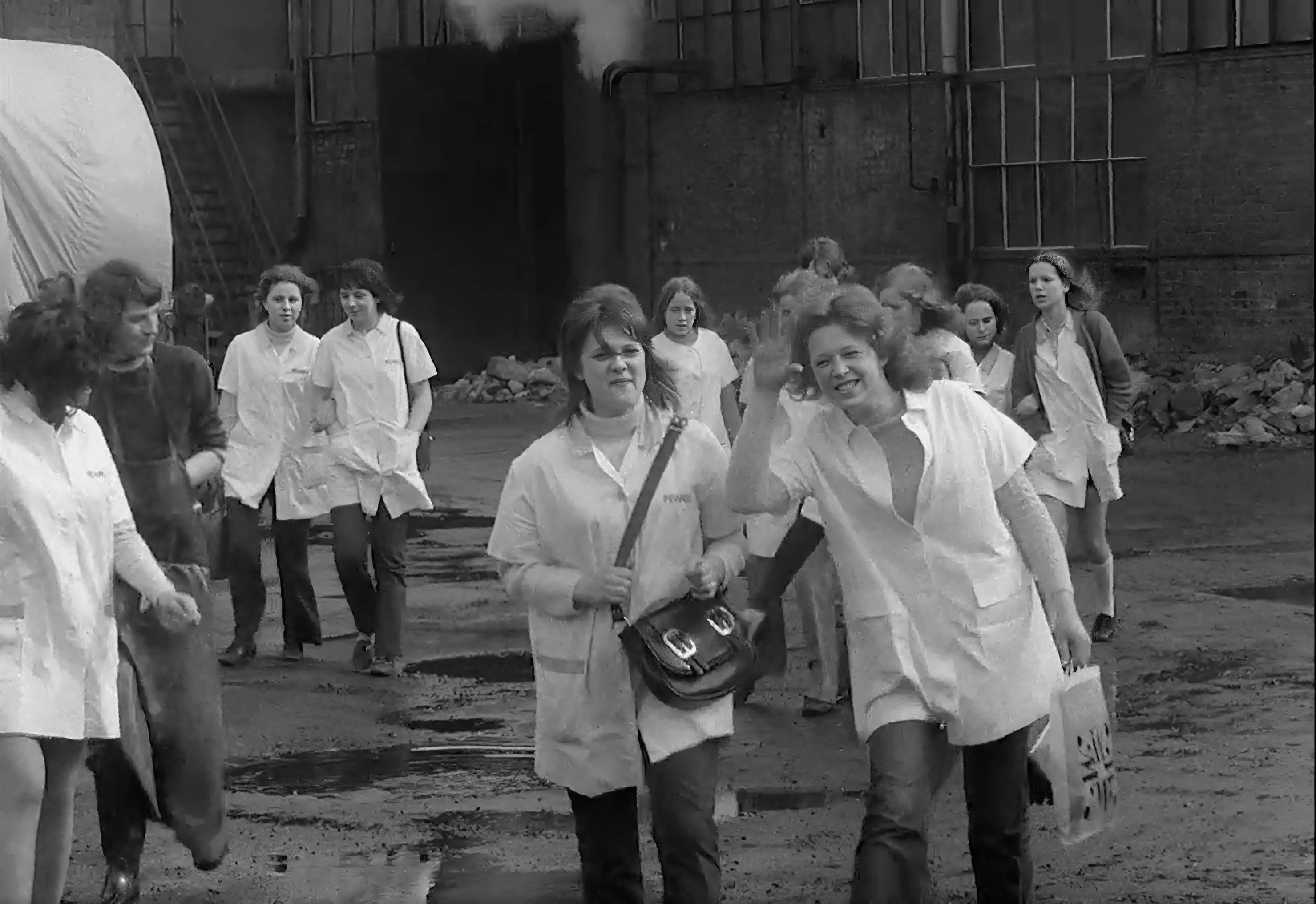
Capture from a documentary film “Laundresses” by Jürgen Böttcher from 1972, where young women were trained to become skilled textile cleaning workers over a two or three year apprenticeship at the Berlin laundry cleaning company Rewatex at main Spindlersfeld factory building.
Digital museum of Spindlersfeld with paintings by Syntia



